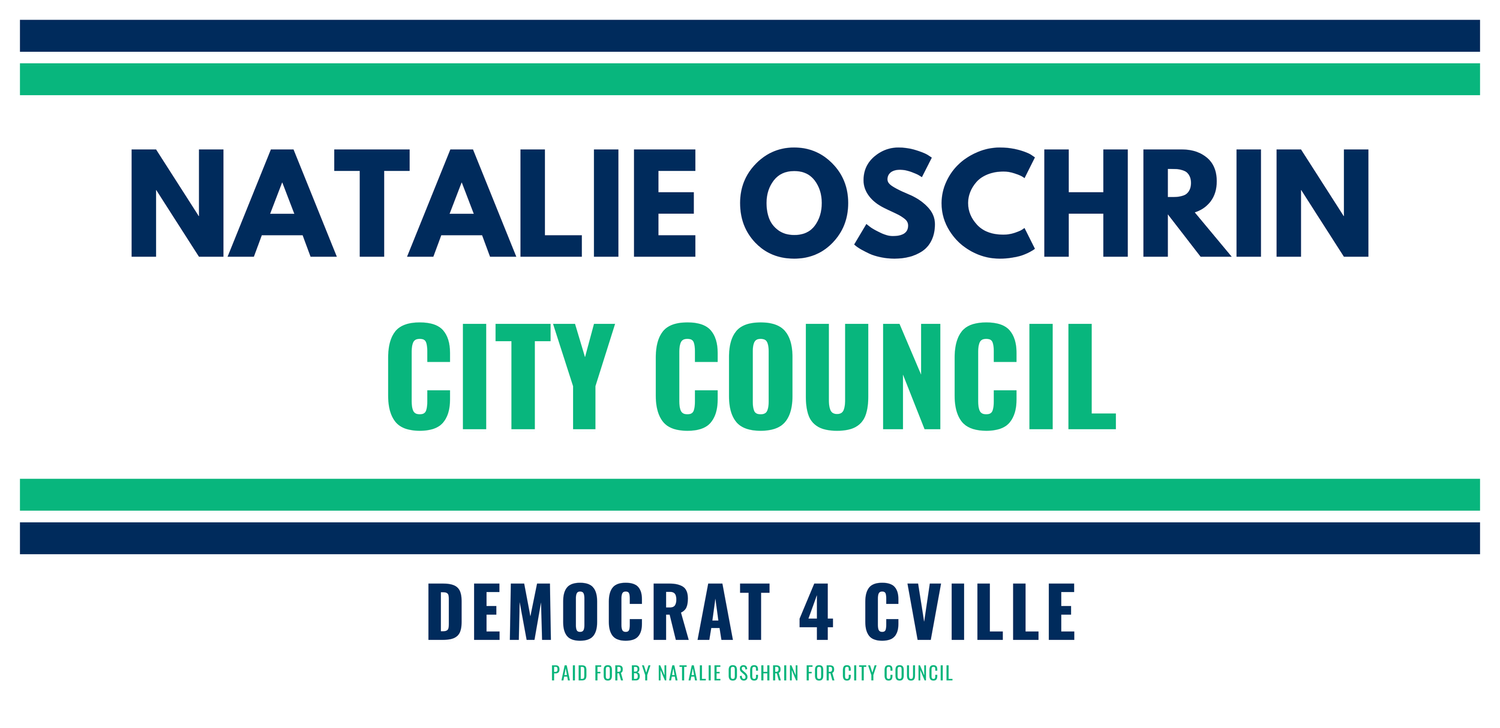The homeless population in Charlottesville has grown, but it's shelter space has shrunk
Read the Daily Progress article HERE.
by Jason Armesto
Some key quotes from the article:
The city does not have a year-round “low-barrier shelter,” meaning a place that unhoused people can stay without having to pass a drug test or other requirements.
Mendez said that’s actually what the Haven was originally intended to be.
“Ultimately, NIMBYism is what resulted in the city of Charlottesville telling the community group that was trying to launch the Haven, ‘You can use this building on 112 W. Market St., but you can only do it between the hours of 7 a.m. to 7 p.m.’ So nobody can sleep here,” Mendez said.
The Haven was told it could only provide daytime shelter services. And even then, those services were relegated to the basement of the building.
“So we’re a four-story, 20,000-square-foot building, and we are only allowed to provide the shelter services in our basement,” she said.
But Mendez added that the city appears to be having a change of heart.
“Some of the voices that were loudest in opposition to the Haven offering overnight shelter are now some of the loudest voices in favor of it,” Mendez said. “That has been an interesting switch.”
…
The Haven views homelessness as a housing issue. “The solution to homelessness is housing,” reads part of its website. That means in order to reduce homelessness, more housing is needed, which would be made easier with relaxed zoning regulations. Not just in the city, but the county too.
…
Natalie Oschrin, a wedding sales manager at Pippin Hill Farm & Vineyards in North Garden who will join City Council in January, was among those in the audience on Monday night. Afterwards, she told The Daily Progress that rezoning would be an important step in fixing the city’s homelessness crisis.
“Homelessness is an issue that is on people’s minds right now. But it’s also something that is chronic that we have yet to deal with on a long-term basis,” Oschrin said. “It’s something that I think we can make strides towards solving with the upzoning and providing more housing across the board.”
And she added that subsidy programs can only go so far if there is a limited housing supply.
“If there’s plenty of vouchers to be given out but not enough places for folks to use those vouchers, there there’s still going to be a wait list,” she said. “So increasing supply helps at every level of affordability.”
Steven Johnson, co-chair of urbanist advocacy group Livable CVille and a UVa professor, was also in attendance Monday. His group pushes for more housing, better urban planning and more reliable transit in the city. Like Mendez, he said he believes homelessness is a housing problem.
“The housing-first model says the best way to get people to be stable in their life is to give them housing first, and then they can take care of issues of sobriety and mental health and issues that may be impeding their ability to have full-time employment,” Johnson told The Daily Progress after the meeting. “So that’s what’s important. To stay focused on how we can get people into housing.”
